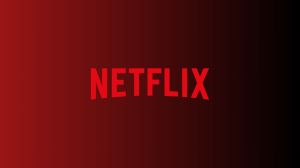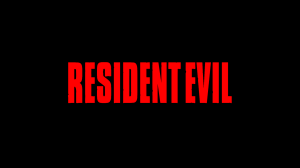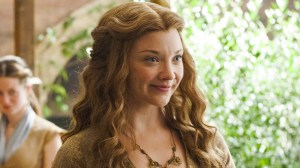Beyond their inherent ability to capture the imagination, one of the factors that led to the rise of superheroes like DC Comics‘ Superman in comic books was their portrayal as wholesome characters. These heroes advocated timeless positive values such as truth, justice, and freedom, which resonated with the public. This stood in stark contrast to earlier comic books, which often featured horror and crime stories that peddled darker themes, catering to a different audience. However, using superheroes to promote social values or comment on specific public issues is an inherently risky endeavor — it may strike the right chord with some, while alienating others.
Videos by ComicBook.com
It’s easier for some heroes, like Batman, to use their voices to address issues affecting their real-life fan bases. Indeed, Batman’s backgrounds give them a natural platform to speak out. Others, like Green Arrow, appear less suited to this role, at least at first glance. After all, what’s controversial about a formerly wealthy hero who champions social justice, environmentalism, and anti-corruption efforts? Yet in an early issue of Green Lantern, Green Arrow engages in a political discussion that, while groundbreaking for its time, comes across as overly simplistic and even slightly tone-deaf by today’s standards of political discourse.
When the Green Arrow Grew a Conscience
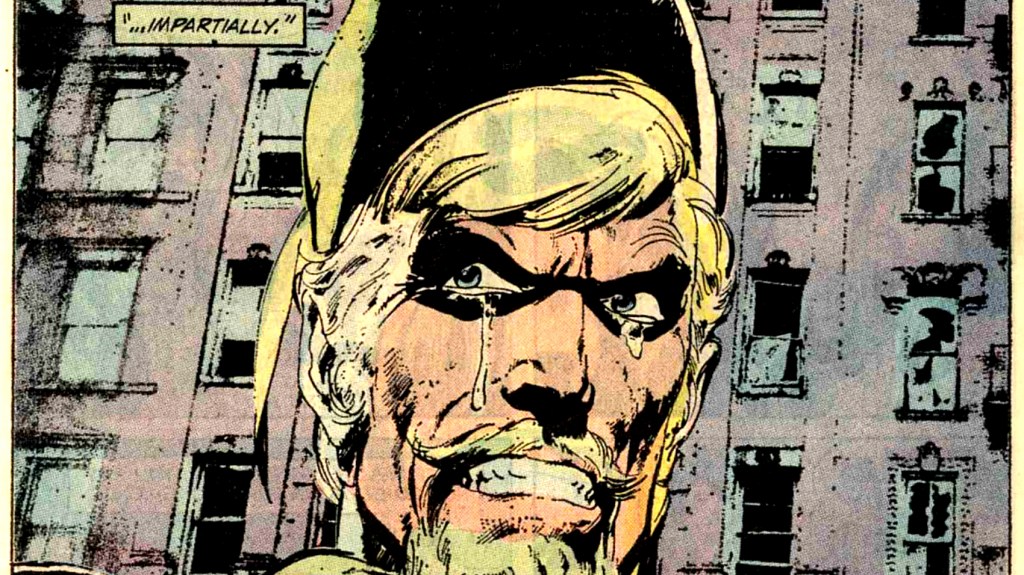
In the Elliot Maggin, Neal Adams, and Dick Giordano chapter of Green Lantern (Green Lantern Co-Starring Green Arrow) #87, entitled “What Can One Man Do?”, after being exasperated by all the causes – from drug rehab programs to international aid to a war-torn section of Nigeria fighting for independence – Oliver Queen decides to clear his mind by going on patrol as Green Arrow. Upon his return, he receives a call from the chairman of the local Democratic Party asking him to run for mayor. Tempted, he contacts a few trusted friends, including Dinah Laurel Lance’s Black Canary, Hal Jordan, Bruce Wayne, and Clark Kent, for advice. However, they all advise against it.
[ RELATED: Forget Batman & Superman, This Is DC’s Best Character (So Why Doesn’t He Get More Respect?) ]
Still unsure, he decides to make the crosstown trip, as the Green Arrow, to talk to Dinah Lance face-to-face. But on the way, he “stumbles” across a riot, which he tries to single-handedly quell. Unsurprisingly, he gets struck in the head by a young boy who, amid the chaos, fails to recognize that it was the Green Arrow. However, when the boy sees who he hit and bends down to offer assistance, the Green Arrow is shot in the back. The Green Arrow gets the boy to the hospital, but the child never recovers. Rocked to the core by the tragic events he just witnessed, the Green Arrow – despite the advice of his friends – decides to run for office, presumably to save the city, among other things, from the tragedy he witnessed that day.
The Green Arrow Decides to Run for Mayor – Sort of
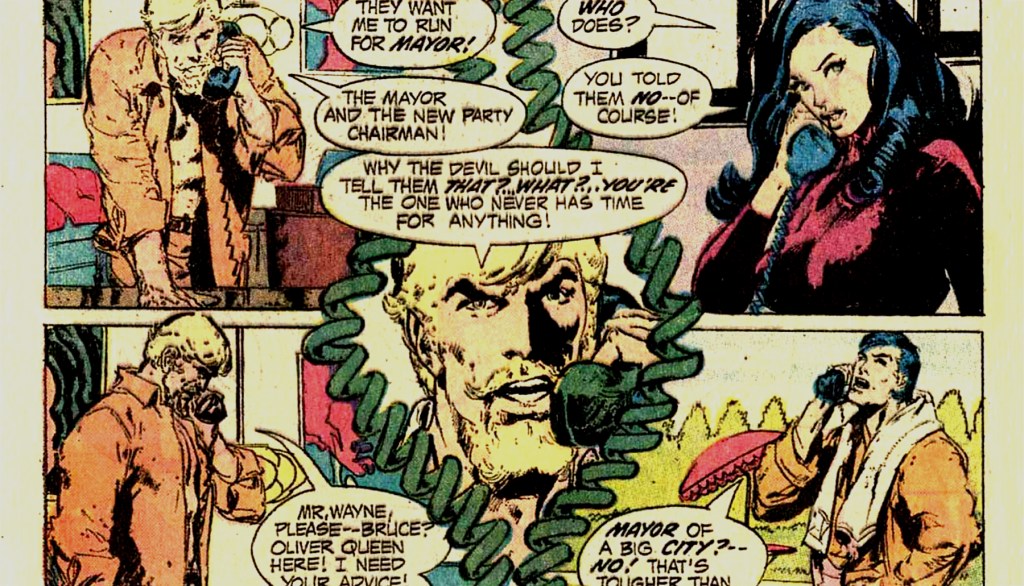
Credit should be given to the chapter’s creative team for boldly using the comic book to tackle some of the most pressing issues of the time — crime, corruption, urban environmental degradation, and racial tensions between city law enforcement agencies and the minority community — issues that remain at the forefront of political debate today. Considering its publication in the early 1970s, this was truly pioneering content. That being said, there are several elements that, from a modern perspective, don’t quite hold up to scrutiny.
First, there’s Green Arrow’s condescending vibe. Despite literally growing up with a “silver spoon in his mouth,” Sweet believes that his recent financial troubles grant him a unique understanding of the city’s vulnerable and oppressed minorities. However, no matter how rough his life might get, as the chapter shows, he’s still considered fine mayoral material. He’s also just a phone call away from three of the most powerful men on Earth. Second, there’s Sweet’s laughably naive analysis of politics. His assumption that becoming mayor will enable him to implement all the ideas he believes will save the city is flawed. Myriad vested interests, including — nowadays — even the federal government, will confound his ability to promulgate policies. Ultimately, the story concludes with Sweet deciding to run for mayor, but other than being sad at the child’s death, there’s no evidence that he’s been fundamentally changed by the experience. There’s also no mention of a plan to win the seat. It’s as if we should assume he will win.
The Green Arrow Can Do a Lot, But Not in This Story

This chapter stands in stark contrast to the main story in Green Lantern #87, the Denny O’Neil and Neal Adams chapter entitled “Beware My Power.” Not only is it the chapter where John Stewart is introduced as Green Lantern and trained by Hal Jordan, but it also makes a powerful political statement about how Stewart’s experiences as a Black American will shape his role as a Green Lantern. The story asserts that he won’t soften or change his mindset just because he has a power ring. It’s told in a way that remains remarkably relevant today.
While Green Arrow is generally considered one of the more socially conscious heroes in the DC Comics universe, “What One Man Can Do” demonstrates that not every story strikes the right chord. The premise of a superhero choosing to serve his community differently by entering the political arena is a compelling one that could have supported a powerful narrative. Unfortunately, this chapter falls short. Its potential is undermined not only by its tone-deaf execution but also by a number of stylistic issues: stiff monologues, shallow characterizations, and an overall sense that it was more focused on delivering a muddled message than telling a cohesive superhero story that thoughtfully integrates real-world issues into its plot. It deserves an “A” for ambition and for helping expand the voice of superhero comics, but in terms of execution, it has not aged well.



